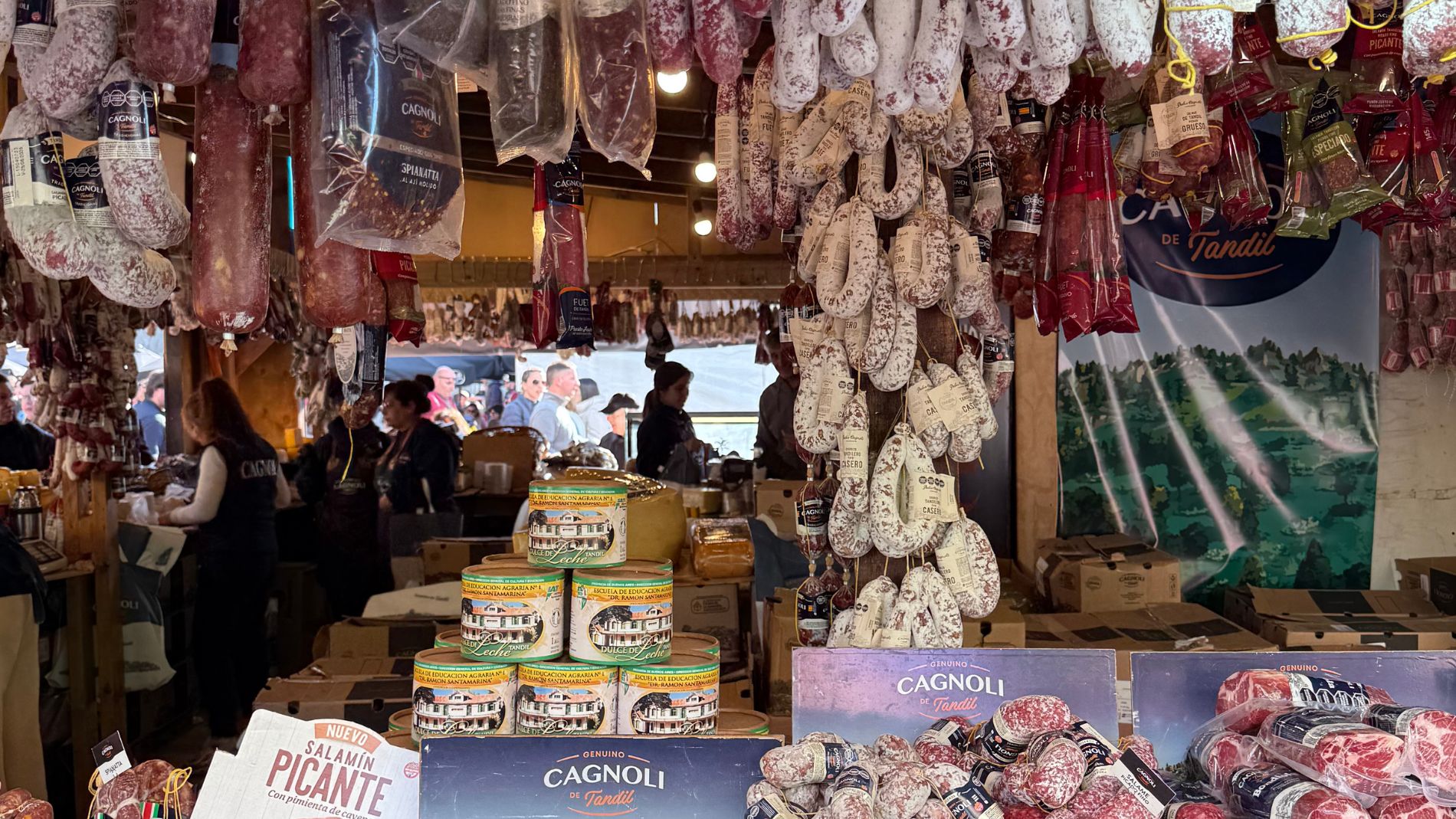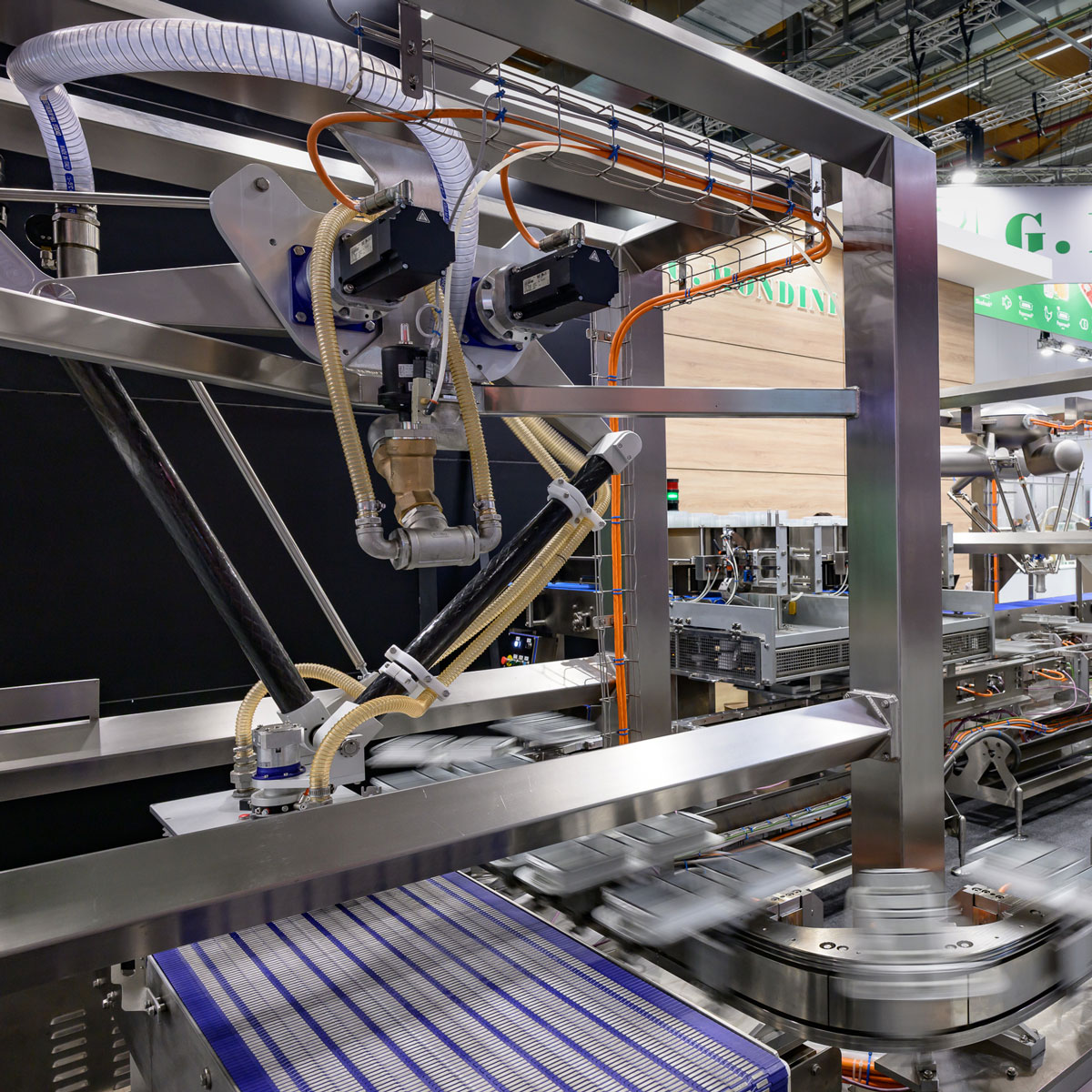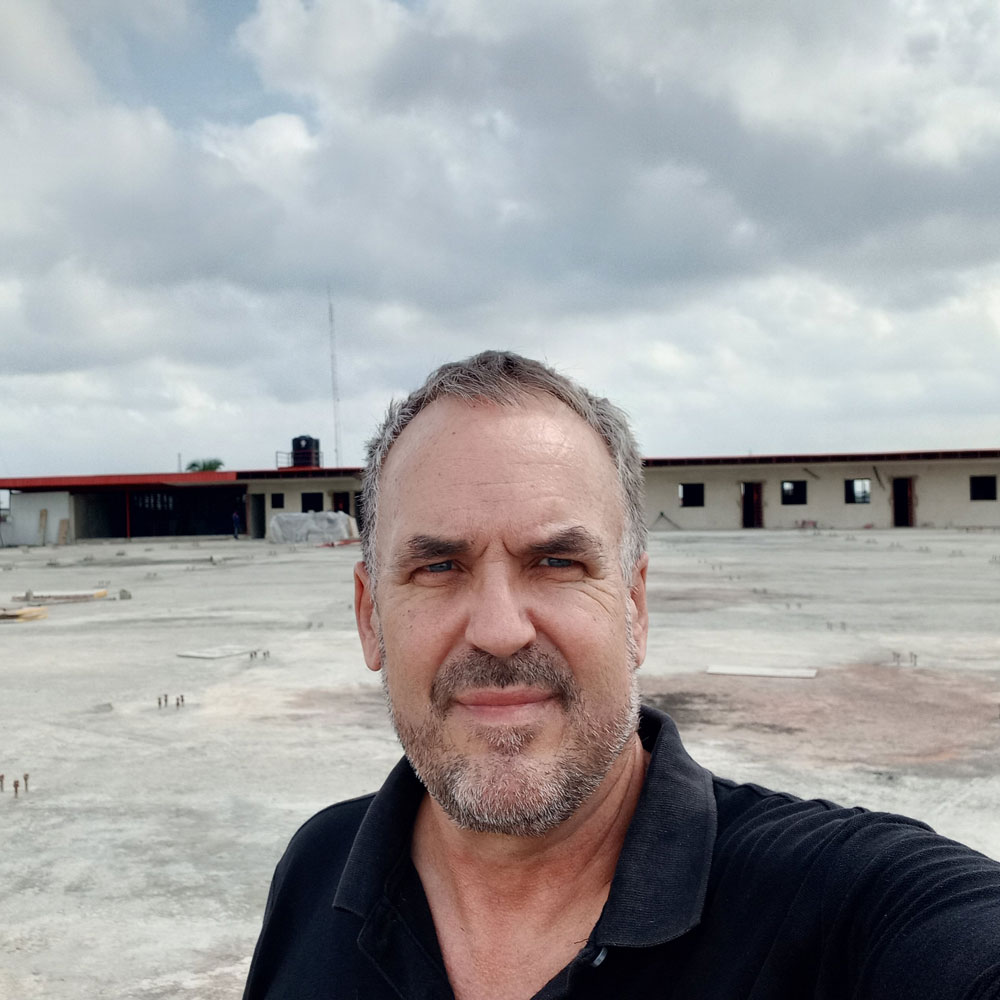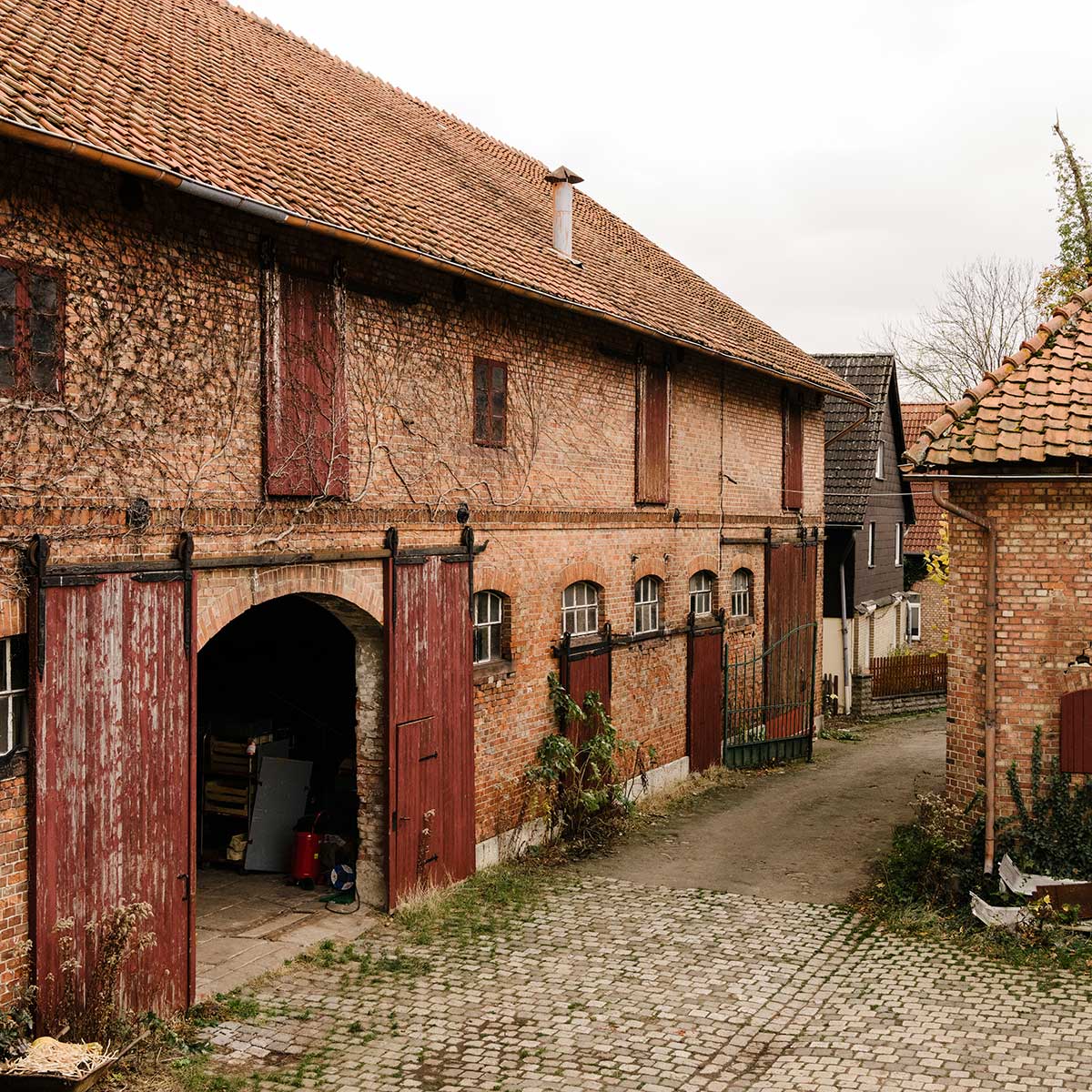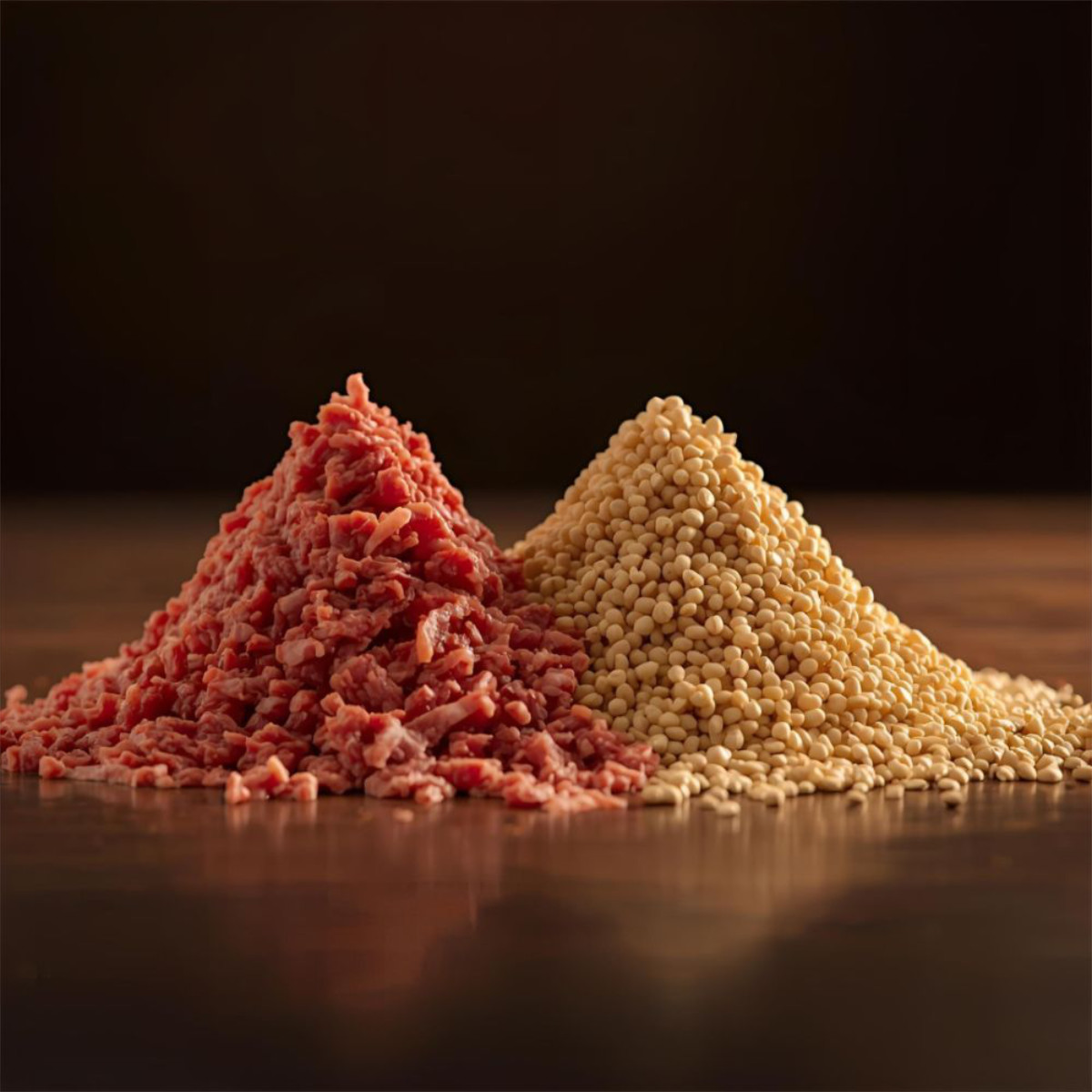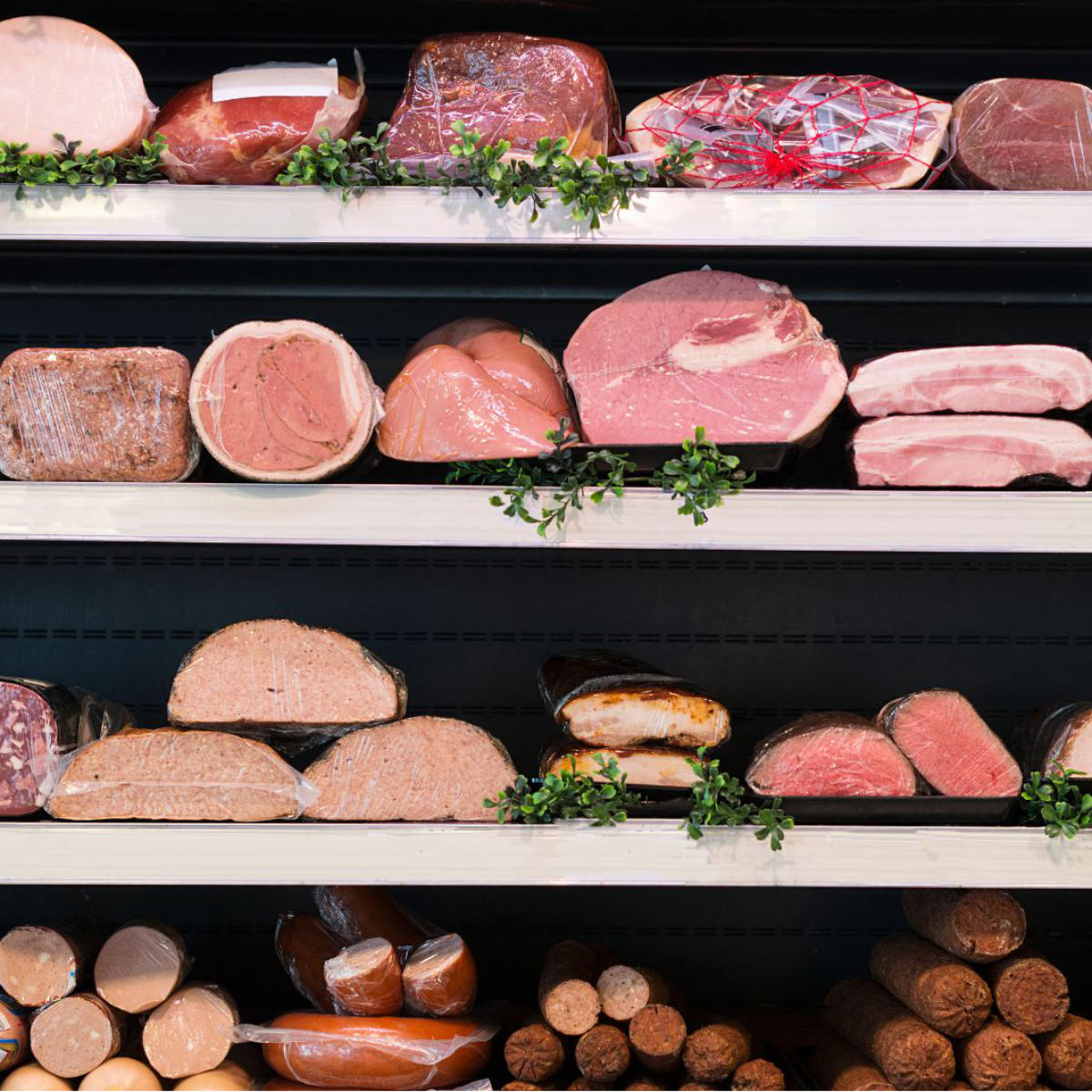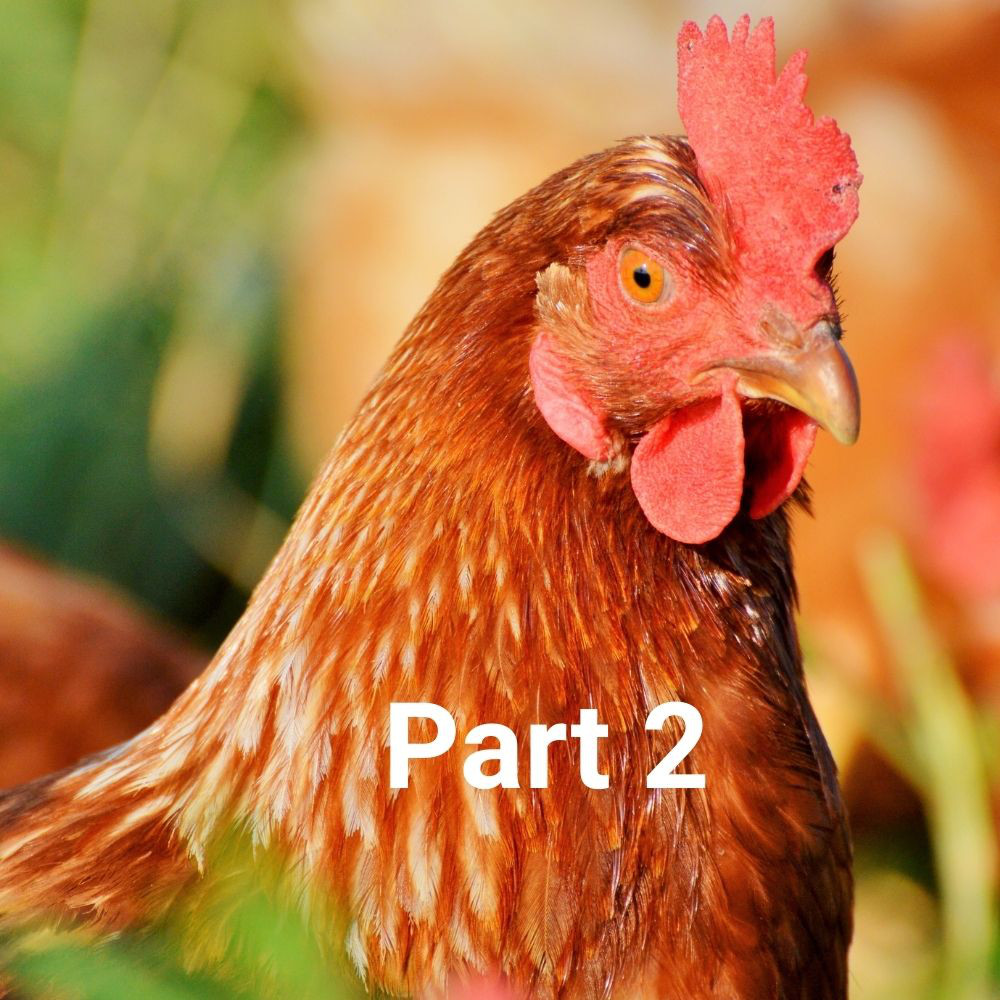Reading time: 4 minutes
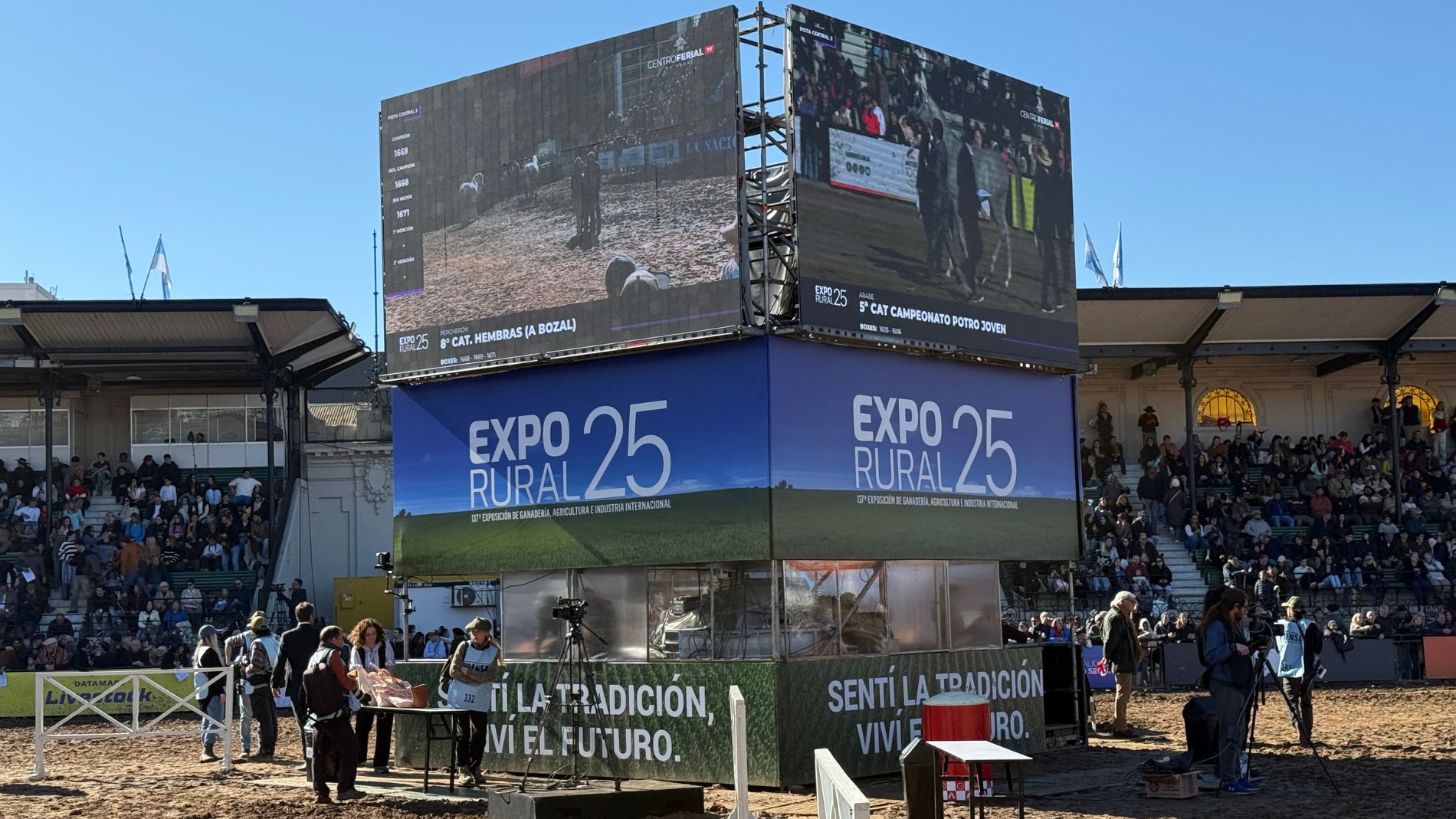
Held in the historic Palermo neighborhood, just a few kilometers north of the city center, the fairgrounds became, during the course of 10 days, a bustling showcase of Argentina’s rural roots and commercial ambitions.
Each morning, despite the cold 2°C to 4°C wind chill in the Argentine capital, long lines of families, children, couples young and old, and groups of friends eagerly awaited entry outside the venue. The atmosphere was festive, and many people’s faces were filled with smiles as they eagerly looked forward to the live folkloric performances, the regional food tastings and pavilion tours, and enjoyed the winter vacation week of the Argentine school calendar.
Sitting on their fathers’ shoulders, toddlers beamed with joy, clapping along to the rhythm of accordion, violin and guitar – typical of traditional Argentine music – which echoed from the fairgrounds all the way to the main entrances.
Alongside the general public, business executives, entrepreneurs, and business owners – dressed in shirts, blazers, ties and slacks – anxiously awaited the opportunity to network, promote their products, and create long-lasting commercial partnerships.
Stepping inside the fairgrounds, visitors were transported to a scene reminiscent of Argentina’s countryside.
Young Argentine gauchos in boinas (or berets) with ponchos or collared shirts with knotted handkerchiefs around their necks strolled the grounds. Some young women wore traditional attire from their home provinces — such as the iconic Patagonian outfit: white blouses, wide belts, vests, and hats. Many of them drank mate through metal straws in their calabash gourds and had thermos bottles filled with hot water tucked under their arms, while allowed for a very quick refill.
Others walked among the crowds enjoying popular meat snacks sold by the vendors, such as choripán, a delicious sandwich made with grilled chorizo and bread and still loved by local Argentines.
Argentina’s food industry: A growing force which captivated visitors to Expo La Rural
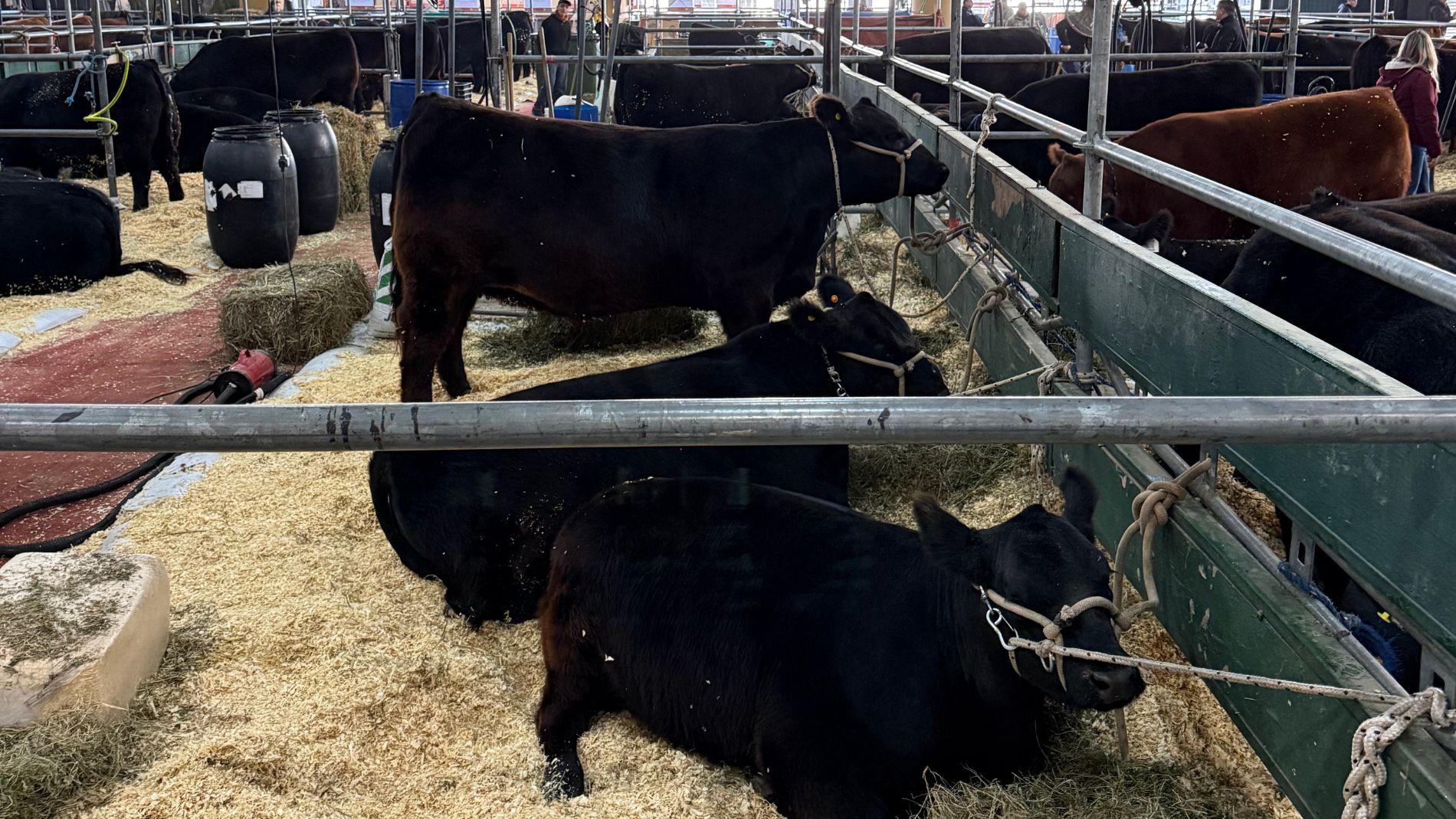
At Expo La Rural, over 300 exhibitors from across the country presented an impressive array of regional specialties, including artisanal foods and sweets, liqueurs and beverages and traditional clothing items. Some of them included skilled leather artisans who sold wallets, handbags, belts, and shoes; poncho weavers from the northern provinces of Salta and Catamarca; confectioners specializing in traditional cakes, chocolates, and the iconic alfajores; and winemakers from Mendoza province who provided tastings to the general public.
Expo La Rural was also a key opportunity for farm owners and industry professionals alike to explore state-of-the-art agricultural equipment, ranging from tractors and crop harvesters to industrial fertilizer distributors, by such international providers as Case, New Holland, Kubota, and Taurus, and more.
Among the most prominent vendors at Expo La Rural were those that belonged to the value-added meats, which is a staple of the daily Argentine diet. In the open-air pavilions, ham, sausage, chorizo, and charcuterie producers offered tastings, promoted their specialties with unbeatable discounts and tempted visitors with an array of savory options.
Engaging with the vendors was such a delightful experience, as they offered rich insights into the historical roots of their company and meat products, but choosing what to sample, purchase, and bring back home proved to be a deliciously difficult dilemma.
These artisanal meat products offered visitors a glimpse into Argentina’s diverse cultural, historical and traditional roots. They delighted in the opportunity to taste and buy sausages typical of the country’s northern provinces, such as Jujuy and Tucumán, which are heavily seasoned with chili, cumin, paprika, and hot peppers and reflect its Andean and Indigenous culinary traditions. Most of these sausages are smoked or air-dried, typically feature a coarser grind and result in regional specialties such as llama and goat salami, much to the fascination of national and international tourists alike there.
On the other hand, the south of Argentina, represented by provinces like Neuquén, Río Negro, and Chubut, showcased a different set of flavors and spices which trace its origins to the waves of European immigration, particularly from Germany, Italy and Spain, that began in the late 19th century and continued through the post–World War II era. At certain vendors’ booths, visitors sampled pork liver sausages made with fat, pepper, marjoram, and garlic; others were spiced with nutmeg, caraway, and mustard seeds. White sausages made from veal and bacon, delicately seasoned with parsley, lemon, ginger, and onion, were also among the favorites. Many visitors reached for toothpicks without hesitation to pick and taste the bite-sized sausage samples, and—after a nod of satisfaction—signaled to vendors just how many kilos they wanted to purchase.
Artisanal cheese booths also stood out among the protein offerings at Expo La Rural, drawing crowds eager to elevate their gastronomic experience. Dozens of vendors showcased their cheese products made on family-owned farms and factories based throughout rural Argentina. They happily helped visitors choose cheeses based on texture, flavor, and color and they impressed even the most seasoned palates, which reaffirmed the grandiose appeal of Argentine cheese among people of all ages.
Argentine cheeses, available for both tasting and purchase, came in a wide array of styles, from soft, mild, and creamy varieties like the popular cremoso to firmer, aged options such as Reggianito and Goya goat cheese, which are inspired by Italy’s famed and internationally renowned Parmigiano Reggiano.
Expo La Rural: Today’s flavors, tomorrow’s innovations
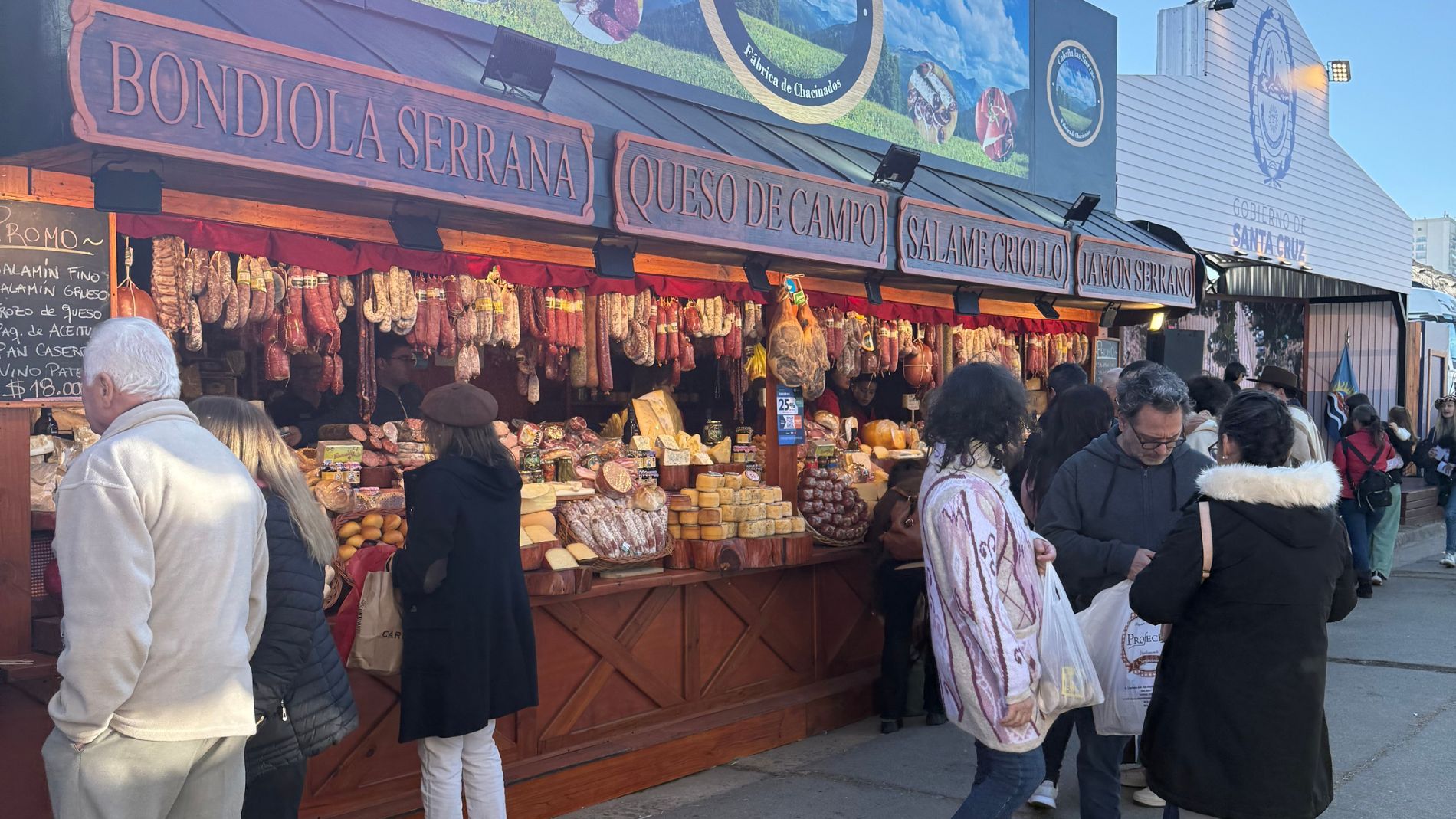
Expo La Rural showcased the country's rich folklore, craftsmanship, and rural heritage during ten days and proved to be a premier gathering for visitors from Argentina and the entire world.
Among its many attractions, the food pavilions stood out as a crowd favorite.
From high-quality animal protein products—cheeses, meats, hams, sausages—to traditional sweets, artisanal baked goods and craft beers and regional wines, the culinary offerings captivated attendees. Visitors not only sampled and purchased a variety of delicious goods, but also enjoy the vibrant atmosphere that defines this impressive annual event.
Anticipation now builds for the 138th edition of Expo La Rural, set to take place in less than a year. Despite the winter chill typical of July in Buenos Aires, millions of visitors once again will discover new booths, savor culinary innovations, and take part in what promises to be another unforgettable celebration of Argentina’s rural legacy.
